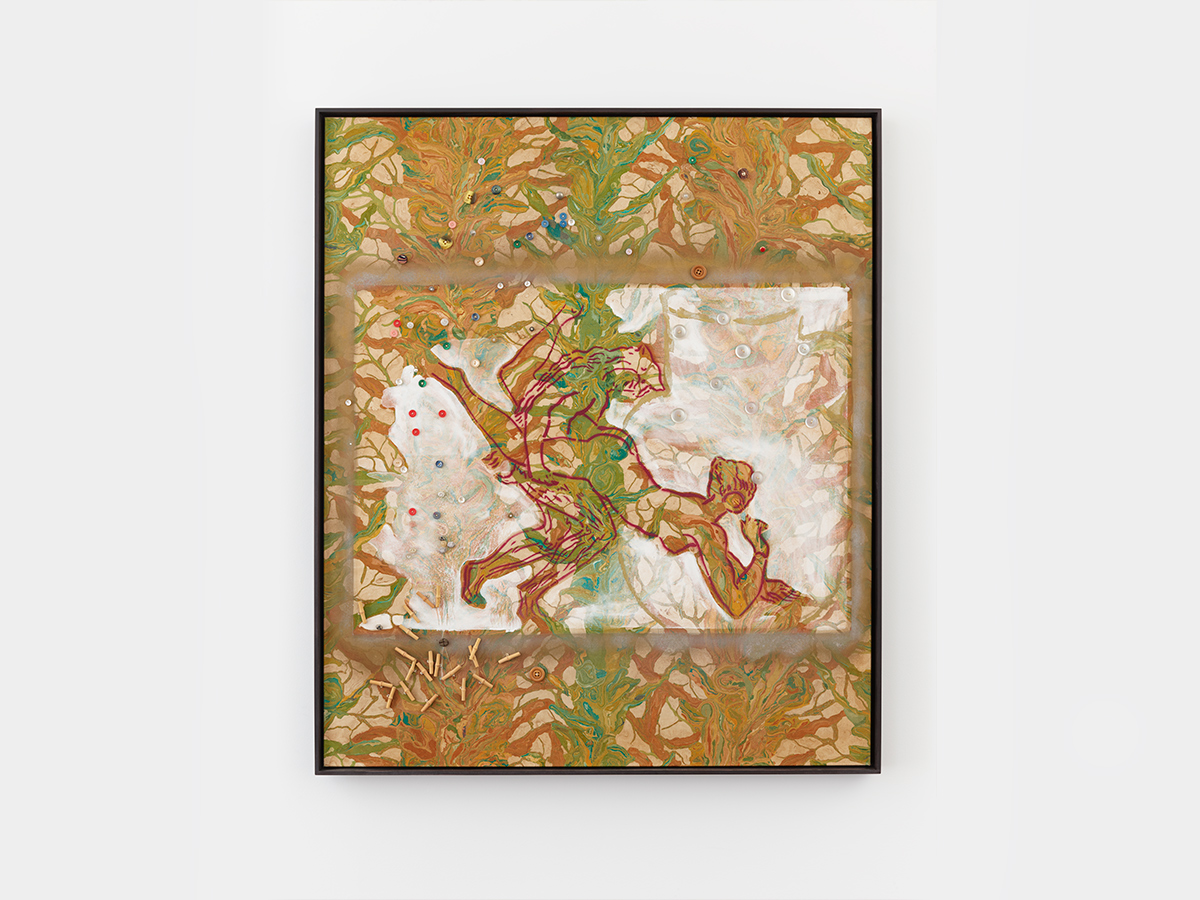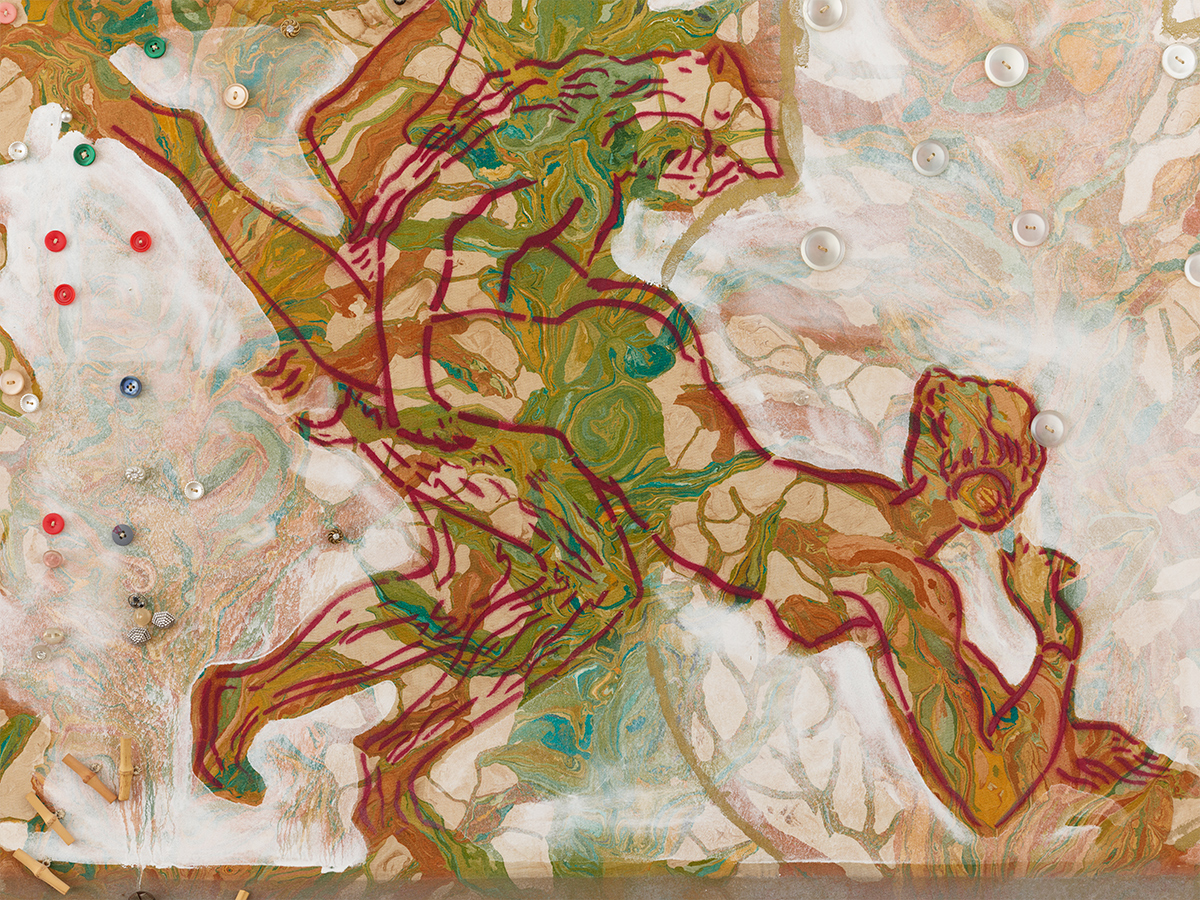Sigmar Polke西格瑪·珀爾克
Untitled, 1980–81
無題, 1980–81年作
$2,900,000
Metallic paint, acrylic, buttons, and toggles on fabric
51 x 43 inches (129.5 x 109.2 cm)
金屬漆 壓克力 鈕扣 栓扣釘 布面
129.5 x 109.2 厘米 (51 x 43 吋)
© Estate of Sigmar Polke/Artists Rights Society (ARS), New York/VG Bild-Kunst, Bonn, Germany
Solutions are the product of a lack of freedom multiplied by a complacent satisfaction. —Sigmar Polke, 1976
When Sigmar Polke studied at the Kunstakademie Düsseldorf in the early 1960s, the academies were dominated by tachism and informel painting, and the market turned to the Paris avant-garde or the emerging New York School. The lack of an “authentic” modernism in Germany, art historian Benjamin H. D. Buchloh has identified, contributed to the strategies of parody and appropriation pioneered by Polke and his fellow students Konrad Leug and Gerhard Richter. Polke employed the vocabulary of modernism as an outsider, through quotation, and the deliberately “naïve” qualities of his earliest works formalized a critique of both Pop art and Socialist Realism. In 1963—attuned to contradictions between the conditions of mass and high culture, the implications of technological progress and processes of reproduction, and the effects of advertising and television on image-making—Polke, Leug, and Richter developed a style they termed Capitalist Realism.
The following year, Polke began to paint on commercially produced fabrics—those meant for upholstery, curtains, and bed sheets. In so doing, he replaced a support perceived to be neutral (canvas) with those charged with social, cultural, and economic significance. Simultaneously, Polke developed his “dot” paintings (1963–69), introducing to his work the constraints of mechanically generated schemes by using found photographs and mimicking the raster printing system. Whereas the “dots” impose compositional, iconic, and chromatic constraints that limited Polke’s creative decisions, his “cloth” works feature gestures of modernist painting emptied out through parodic repetition, or rich accumulations of abbreviated references to painting’s greater history.
Untitled (1980–81) was painted the year Polke returned to painting following a decade in which he largely worked in photography and film while traveling around the world. This period is considered to be the moment that ushered in his mature work. When Polke reengaged the medium, he began using a promiscuous range of materials, techniques, and formats. He employed synthetic fabrics, lacquers, and hydrosensitive chemicals in combination with paint—materials that would react and destabilize with time, light, and heat. In this way, he intentionally undermined the conventions of painting as a way to reveal its inadequacy in commenting on contemporary life.
With Untitled, Polke emphasizes the pastiche qualities inherent to many mass-produced goods. The fabric’s pattern resembles the marbled paper that was popularly used for book covers and endpapers in the 18th and 19th centuries. Over this, he painted a motif likely sourced from an 18th-century depiction of antiquity, in which a satyr couples with a human woman. Rendered in graphic red line, the figures are populated by the kitsch marble pattern and surrounded by a swath of milky primer. All of this is bound by an irregular gray painted frame whose dimensions evoke those of a television monitor. The various pictorial spaces compete for primacy, while an array of buttons and toggles strewn over the surface—recalling the 1920s mixed media works of Francis Picabia—seem to return the fabric ground to its likely origins: as a tablecloth. Untitled is exemplary of Polke’s subversive approach: by superimposing art and the mundane, classical motifs and department store aesthetics, he discloses the attractions of each.
-
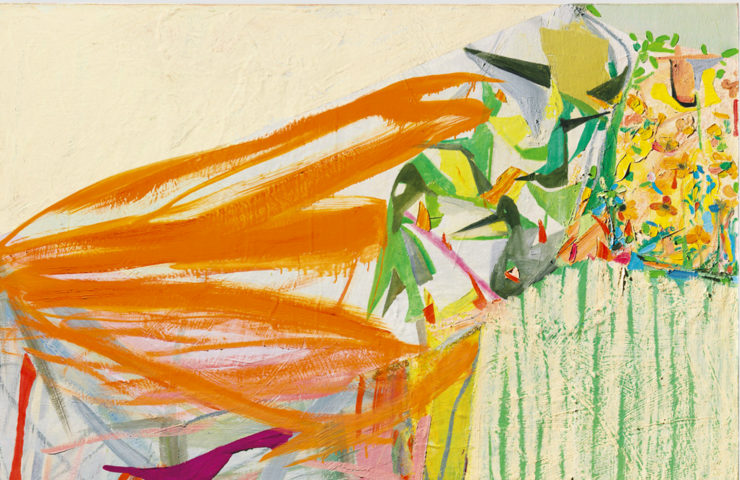
Amy Sillman艾米·希爾曼
Cliff 1, 2005
懸崖1, 2005年作
-
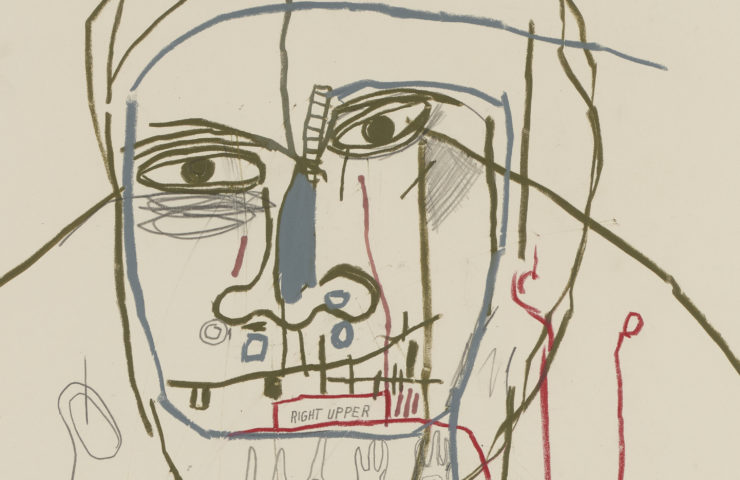
Jean-Michel Basquiat讓-米歇爾·巴斯奎特
Untitled (Head), 1983
無題 (頭部), 1983年作
-
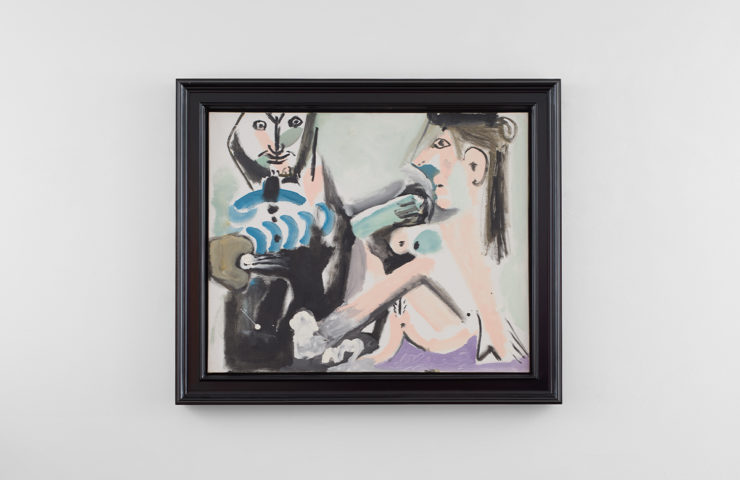
Pablo Picasso巴布羅·畢卡索
Le peintre et son modèle November 9, 1964
畫家和他的模特 1964年11月9日 -
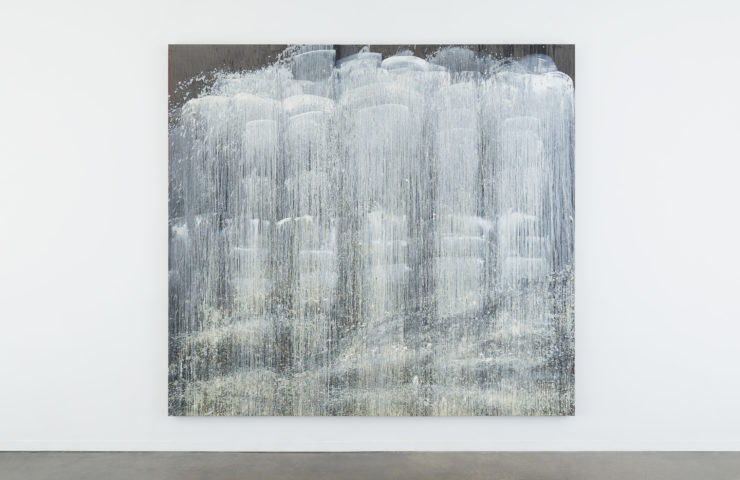
Pat Steir帕特·斯蒂爾
Tyne Panorama 1, 1990
泰恩河全景1, 1990年作 -
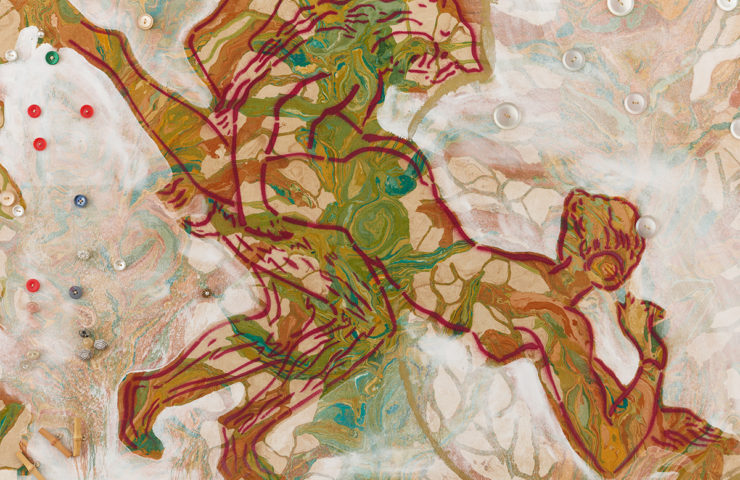
Sigmar Polke西格瑪·珀爾克
Untitled, 1980–81
無題, 1980–81年作
-
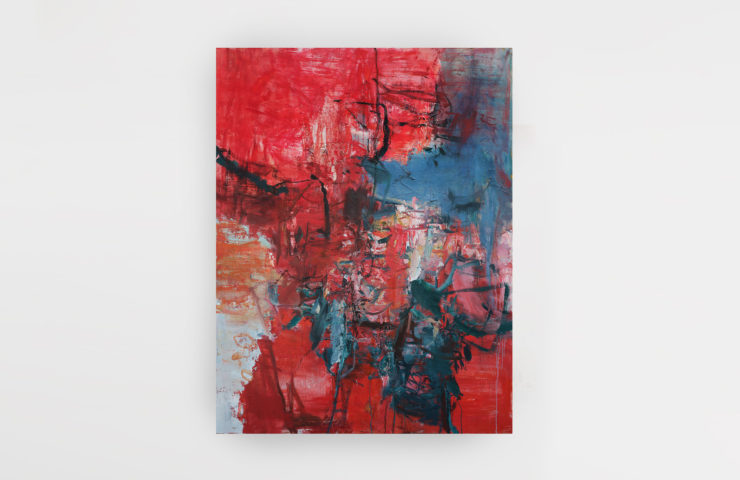
Tu Hongtao屠宏濤
Little Forest, 2017–19
小樹林, 2017–19年作

